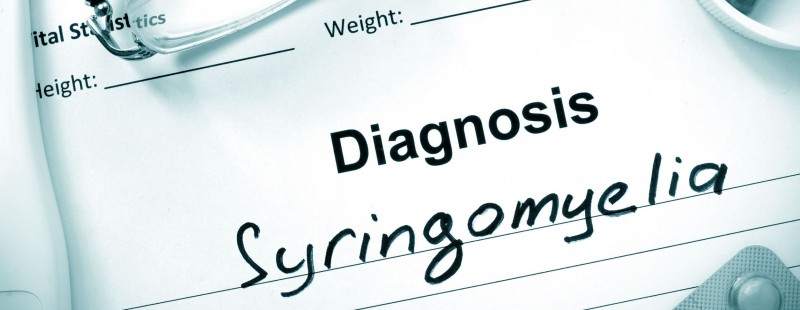Syringomyelia & Spinal Syrinx
Category: Spine | Author: Stefano Sinicropi

Syringomyelia is a serious condition in which a cyst forms in the spinal canal and disrupts the structures in and around the spinal cord. In this blog, we will define syringomyelia, talk about its causes and symptoms, and also offer some options for treating the condition.
What is Syringomyelia?
Syringomyelia is a condition in which a cyst (called the syrinx) develops inside the spinal cord. As the syrinx expands over time, it can destroy sections of the spinal cord, spinal discs, and disrupt nerves in the spine. Spinal cysts can develop after trauma, or other conditions such as meningitis, arachnoiditis, or hemorrhaging.
Causes & Symptoms
Syringomyelia and spinal syrinx develop when cerebrospinal fluid (CSF for short) is redirected to the spinal canal. There are several conditions that can cause this redirection of spinal fluid.
Here are a few common symptoms that can indicate a diagnosis of syringomyelia:
- Pain in the back, neck, or extremities
- Weakness, tingling, or numbing in the back, buttocks, or extremities
- Headaches
- An inability to feel extreme heat or cold
In most cases of syringomyelia, these symptoms develop gradually over the course of months or years. But extreme cases can cause symptoms to appear suddenly.
Treating Syringomyelia
Treating syringomyelia is almost always treated with minimally invasive spine surgery, especially if the cyst is disrupting the nerves in the spine. The specific type of surgery depends greatly on the exact location of the cyst. Sometimes the cyst must simply be drained if it is too dangerous to extract. Other times, full excision is the best course of action.
If you are experiencing any of the symptoms of a spinal syrinx, or have already been diagnosed, contact Dr. Sinicropi today to set up an appointment and talk about your options for treating the syringomyelia.